Retro Replay Review
Gameplay
Portal’s gameplay revolves around the ingenious Aperture Handheld Portal Device, affectionately known as the Portal Gun. At its core, you’re armed not with bullets, but with the ability to create linked portals on suitable surfaces, instantly transporting yourself or objects across space. This mechanic is deceptively simple yet opens up a world of spatial puzzles that constantly keep you on your toes, requiring a careful blend of momentum, timing, and lateral thinking.
(HEY YOU!! We hope you enjoy! We try not to run ads. So basically, this is a very expensive hobby running this site. Please consider joining us for updates, forums, and more. Network w/ us to make some cash or friends while retro gaming, and you can win some free retro games for posting. Okay, carry on 👍)
Over the course of 19 main test chambers, the game introduces new challenges at a steady, rewarding pace. Early puzzles teach the basics—placing two portals to cross gaps—while later sequences layer in hazards like laser fields, deadly goo, and automated turret guns. Although Portal is played from a first-person perspective familiar to shooter fans, success depends far more on puzzle-solving than trigger discipline, making each chamber feel like a carefully crafted brain teaser rather than a combat arena.
Once you’ve completed the primary tests, Portal offers two compelling post‐game modes to extend replayability. “Challenge” tasks you with beating levels in the least footsteps, fewest portals, or fastest time, appealing to speedrunners and perfectionists alike. The “Advanced” mode cranks up the difficulty by adding new obstacles and redesigning puzzles, giving veterans fresh hurdles to overcome. Together, these features keep the Portal Gun hot even after the main story ends.
Graphics
Portal’s aesthetic is defined by the clean, clinical look of the Aperture Science Enrichment Center. Test chambers are bathed in stark white panels, accented by glinting metal and muted lighting that heightens the sense of isolation. This minimalist approach not only underscores the facility’s utilitarian purpose but also ensures that every portalable surface and environmental hazard stands out clearly.
Powered by Valve’s Source engine, Portal may not dazzle with photorealism, but it delivers crisp textures and smooth animations that have aged remarkably well. The simple geometry of the chambers allows for consistently high frame rates, even during rapid portal transitions. Subtle details—like the soft hum of machinery or the errant sparks from malfunctioning panels—add to the immersive ambiance without overwhelming the core puzzle gameplay.
The portals themselves boast one of the game’s most striking visual flourishes. Each portal’s shimmering, otherworldly surface gives the impression of peering through to a parallel dimension, reinforcing the sci-fi premise. Coupled with realistic physics—objects maintain velocity when passing through portals—this effect not only looks great but also ties directly into the game’s core mechanics, making every portal placement feel satisfying and intuitive.
Story
From the moment you awaken as Chell in the dimly lit test chamber, Portal weaves a deceptively light-hearted narrative punctuated by the dry wit of GlaDOS, the facility’s omnipresent artificial intelligence. Promised cake as a reward for completing each test, you soon realize that there’s more to Aperture Science than cheerful encouragement—the environment often feels ominous, hinting at darker motives behind GlaDOS’s seemingly benign guidance.
GlaDOS’s trademark sardonic humor drives the story forward, delivering memorable one-liners and building tension as her true intentions become clear. What starts as an innocuous series of tests evolves into a life-or-death struggle, with the promise of cake morphing into a metaphor for deception. This narrative twist is delivered with exceptional economy, making every interaction with the AI feel meaningful.
Set in the same universe as Half-Life and inspired by the independent title Narbacular Drop, Portal’s lore is deep enough to intrigue franchise fans without overwhelming newcomers. Subtle environmental storytelling—overgrown corridors, behind-the-scenes maintenance areas, and quietly humming experiments—hints at Aperture’s rivalry with Black Mesa and the broader implications of unchecked scientific ambition. The result is a concise yet compelling storyline that sticks with you long after the credits roll.
Overall Experience
Portal delivers a masterclass in concise, focused game design. Its 2–3 hour main campaign is tightly paced, introducing new mechanics just as you’re growing comfortable with the old, ensuring that the sense of discovery never wanes. The blend of first-person exploration with inventive puzzles makes for a uniquely satisfying experience that stands out in both the shooter and puzzle genres.
The additional Challenge and Advanced modes provide substantial replay value, catering to both completionists and speedrunners. Whether you’re striving for a new personal best in time trials or testing your skills against tricked-out chambers, Portal encourages repeated playthroughs without ever feeling like filler. This balance of length and depth makes it a rare gem: short enough to binge in one sitting, yet rich enough to warrant multiple returns.
For anyone seeking an intelligent, humor-laden adventure that blends physics-based puzzles with a memorable AI antagonist, Portal is an essential purchase. Its seamless mechanics, engaging visuals, and sharply written narrative ensure that it remains a standout title years after its release—a must-play for both puzzle aficionados and fans of atmospheric storytelling alike.
 Retro Replay Retro Replay gaming reviews, news, emulation, geek stuff and more!
Retro Replay Retro Replay gaming reviews, news, emulation, geek stuff and more!
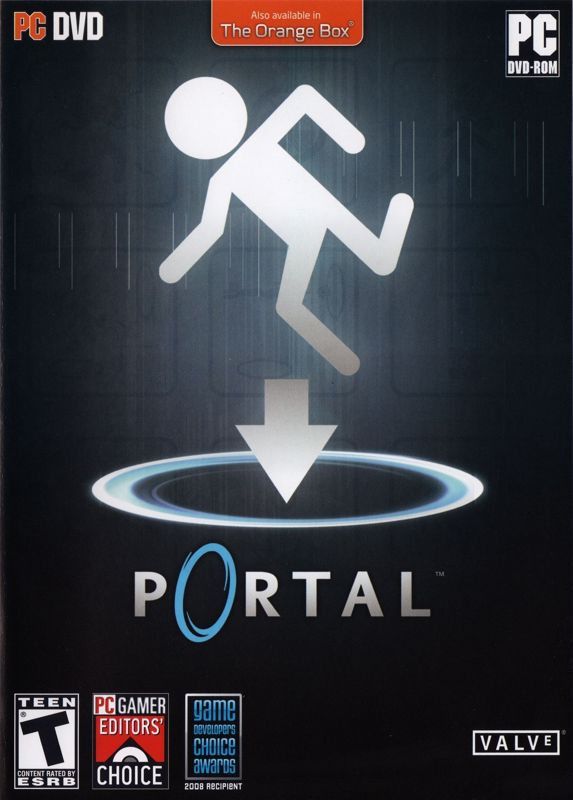
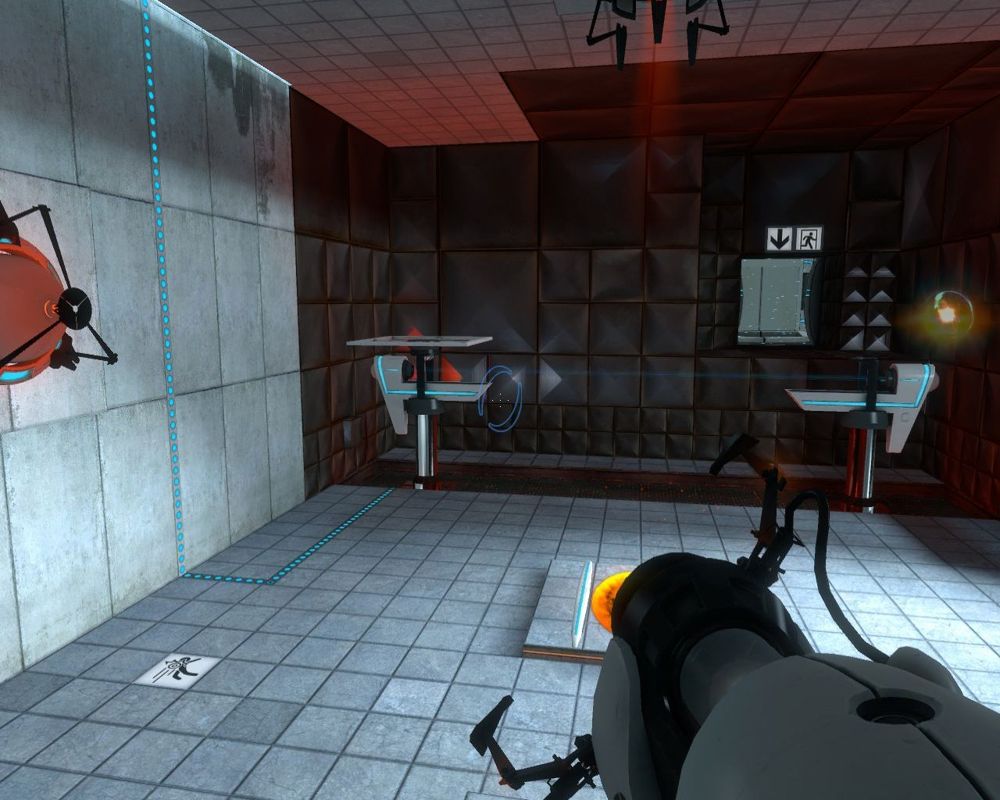
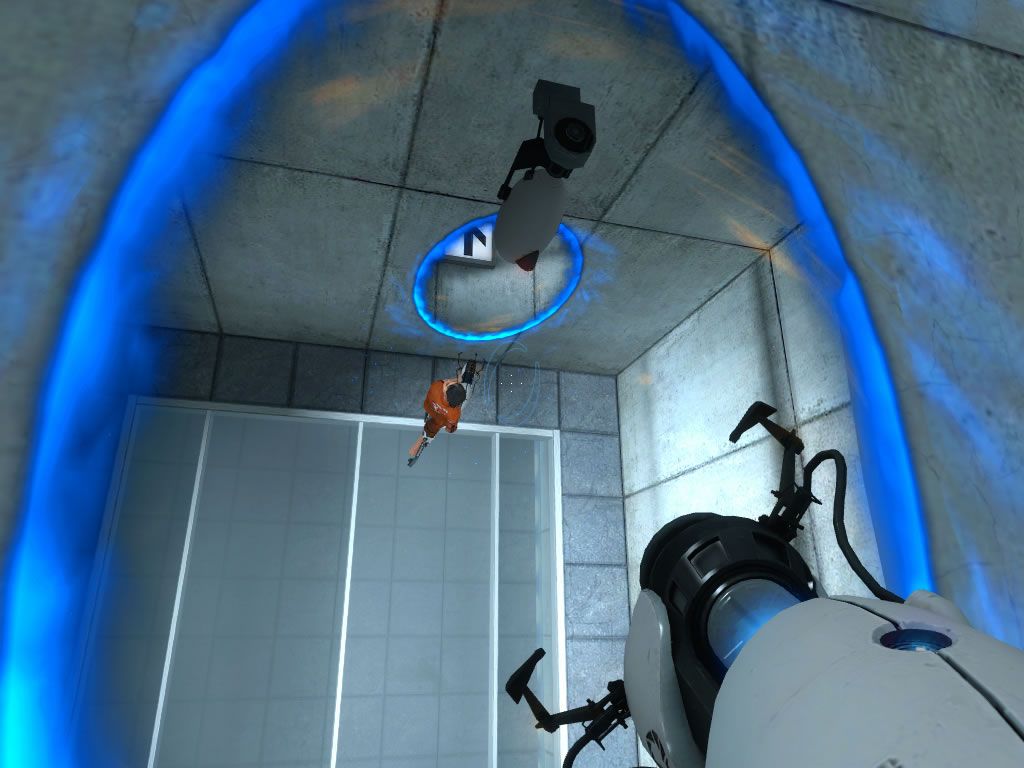
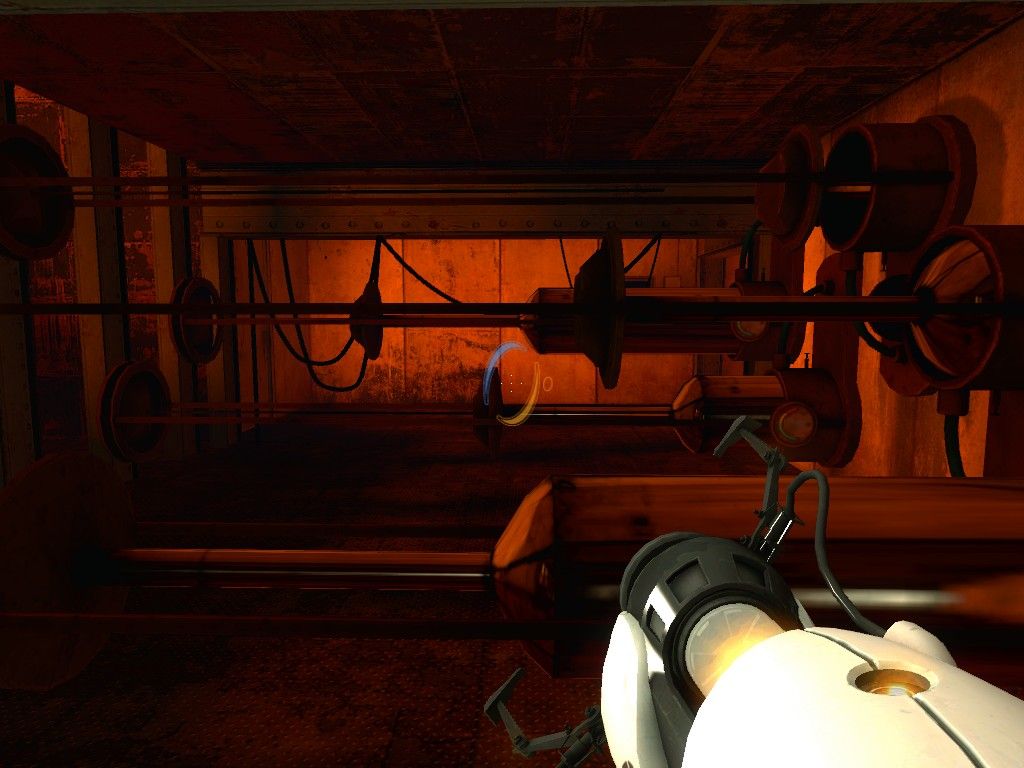
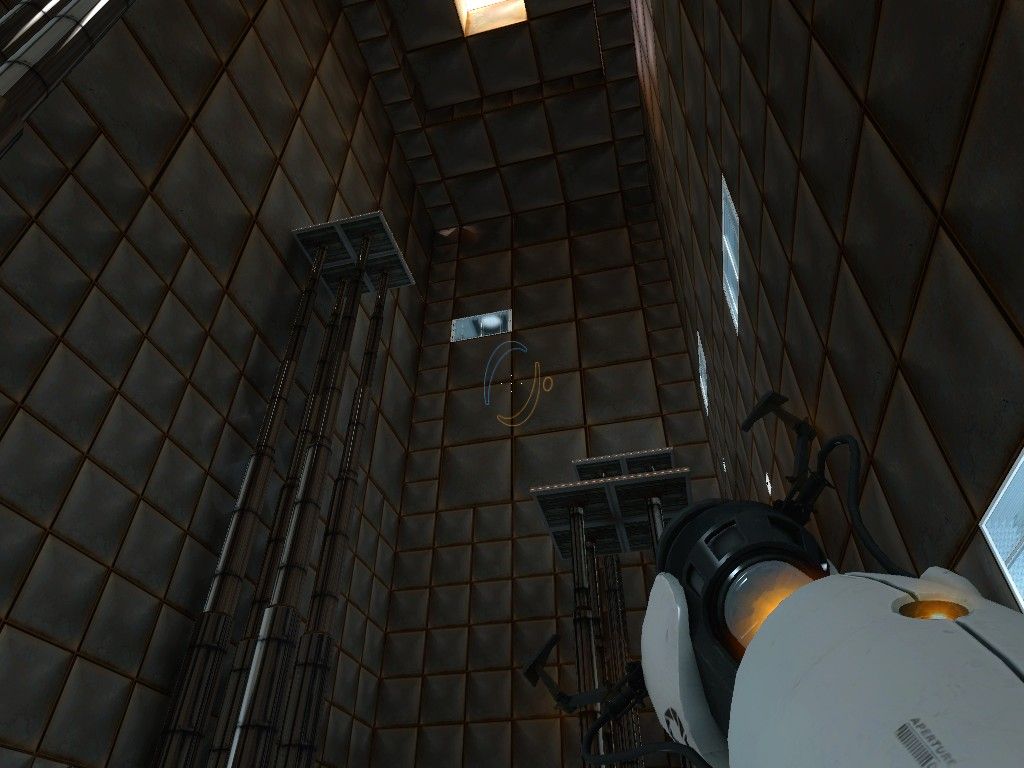
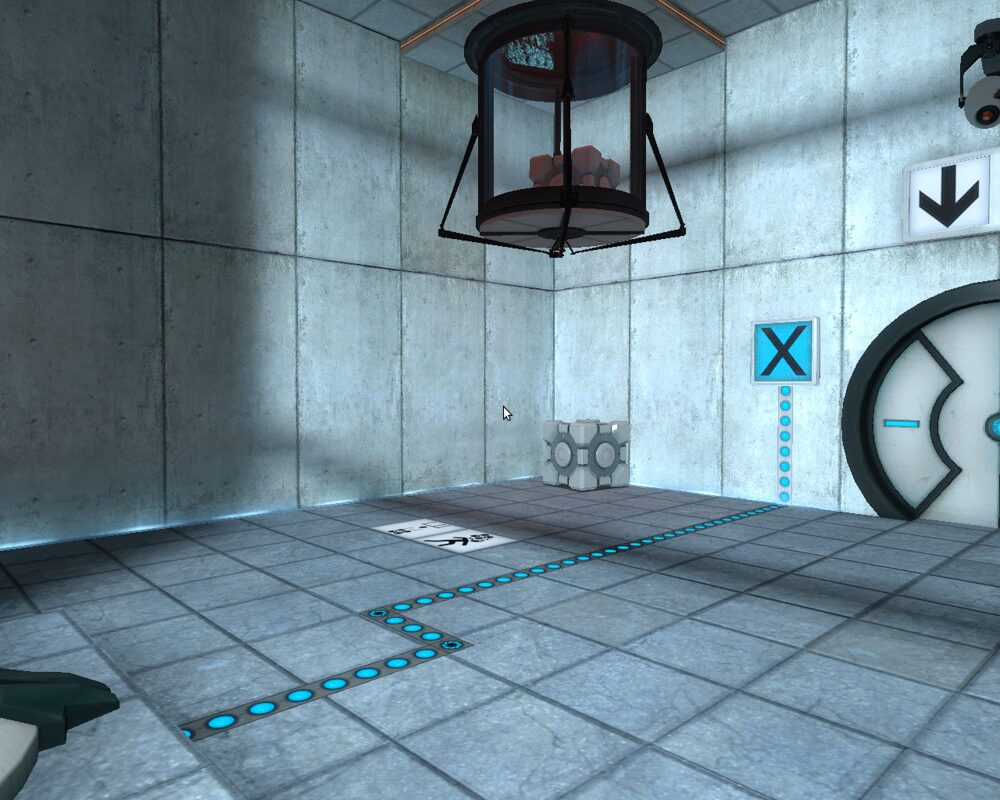



Reviews
There are no reviews yet.